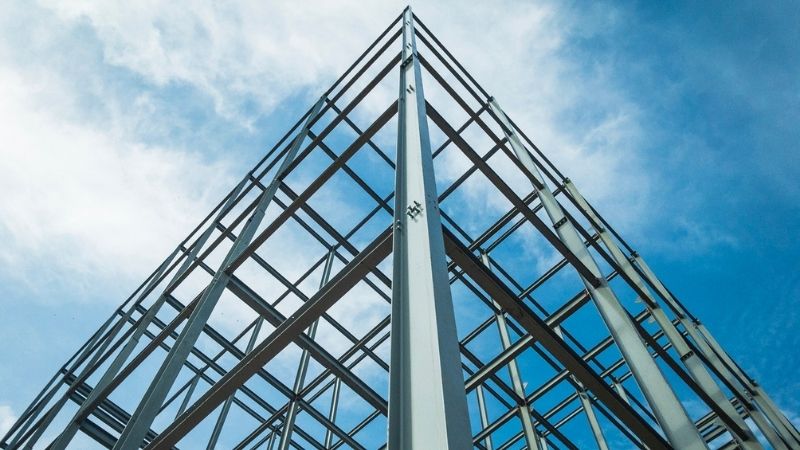Resources
Newsletter
Stay up to date and with the latest news, projects, deals and features.
SubscribeThe effects of Covid worldwide have caused widespread construction material shortages.
The situation is unlikely to ease anytime soon because post-Covid recovery activity will increase demand further.
Rohrig, a commercial construction company based in Brisbane and Sydney, said they didn’t expect to see costs return to pre-pandemic levels—and there are more increases to come before prices peak.
As always, supply and demand have driven price movements but the worldwide chaos of Covid has created unprecedented conditions for both the supply and transportation of materials.
While the construction industry has maintained some level of productivity throughout the ever-changing conditions of the pandemic, the cost of materials, lack of availability and unusually long lead-times have put pressure on suppliers, subcontractors, and builders alike.
The volatility has been widespread and continues to develop with ongoing notices and forecasts from all areas of the market developing daily.
Validity periods of quotes have reduced significantly and are down to 14 days from an old normal of 30 to 60 days. Some suppliers can only provide a validity of only 24 hours for certain materials.
The cost of structural materials like timber, reinforcement steel and structural steel moved first. They have continued to increase in price over the past nine months and have soared by 75 per cent, 60 per cent and 80 per cent respectively.

This has followed by large spikes in the cost of cold-rolled products and base metals as contractors looked for alternatives for hard-to-get materials and pushed the already strained demand higher.
Prices for sheet metal and steel-framing products have increased up to 20 per cent this year so far and a further 20 per cent increase is scheduled for December.
It is a similar story for structural purlins, which have increased by 70 per cent since January and are forecast to increase a further 30 per cent by December.
In addition to base material hikes, the cost of logistics has increased significantly.
In January, a 12m (40’) container from China to an east coast port cost approximately $3000. The same load now costs $11,500. Further to cost increases, delivery can now take up to nine weeks compared with three or four weeks before the pandemic.
Rohrig’s business development manager John Demnar said they were working diligently with their clients and architects to find the best solutions to keep project timelines and budgets on track.
“The level of volatility in the market is applying pressure to all stakeholders associated with every project and we are focussing on working more closely with all parties to help manage the price and delivery risk,” Demnar said.
Most suppliers and merchants are also being proactive and doing whatever they can to identify future increases early so contractors can allow for them when pricing work.
Despite everyone’s best efforts, there is a limit to what can be done to mitigate the greater economic forces.
For those with projects in the pipeline, early engagement will help identify market pressure and provide better insights into how things have affected overall costs and timelines.
The Urban Developer is proud to partner with Rohrig to deliver this article to you. In doing so, we can continue to publish our daily news, information, insights and opinion to you, our valued readers.